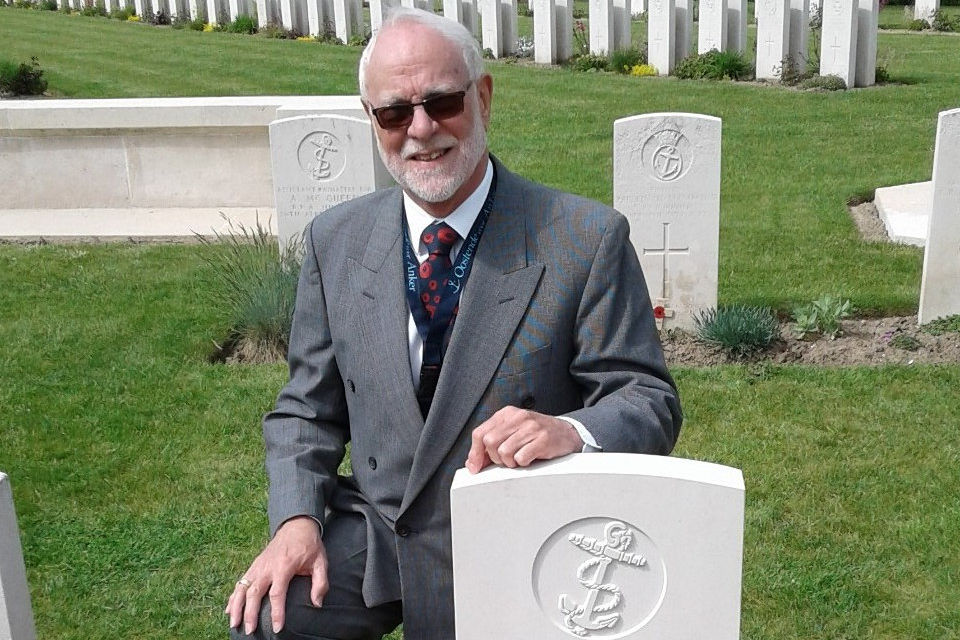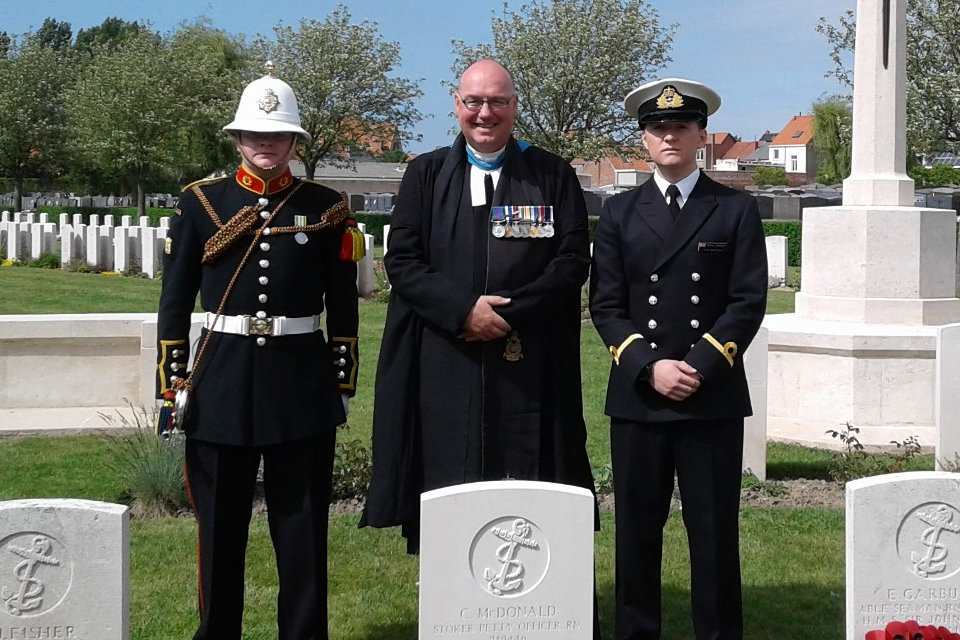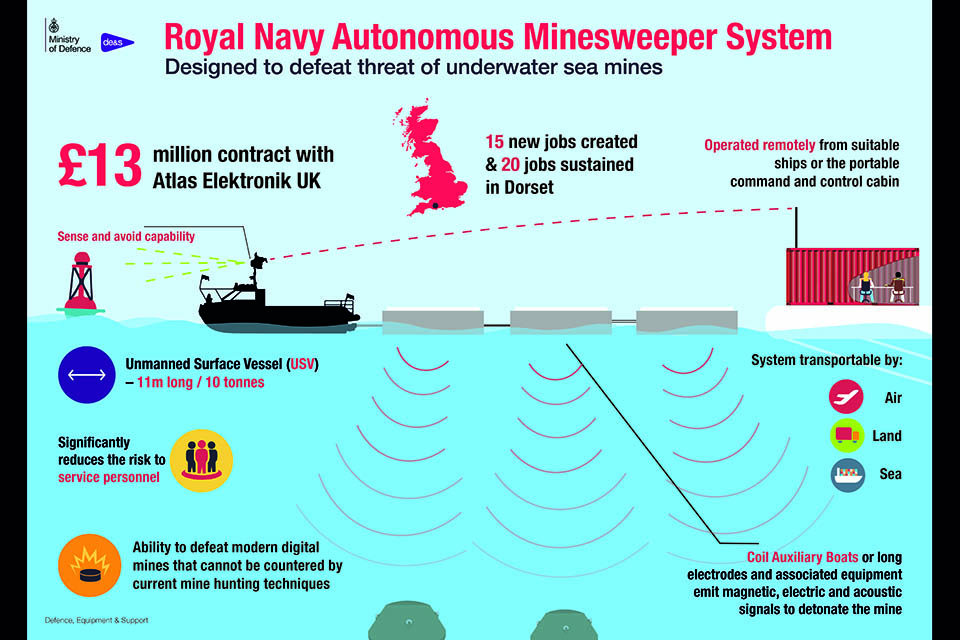News story: Operational Honours and Awards List May 2018
A total of 44 members of the Armed Forces and one civilian have been named in the latest Operational Honours and Awards List.
The full list, which recognises and honours service on operations is below.
Commander of the Order of the British Empire (CBE)
Commodore William Jonathan WARRENDER Royal Navy
Air Vice-Marshal John Jackson STRINGER Royal Air Force
Officer of the Order of the British Empire (OBE)
Lieutenant Colonel Jason AINLEY, Corps of Royal Engineers
Wing Commander Kathryn Elizabeth FERRIS, Royal Air Force
Wing Commander Mark David LORRIMAN-HUGHES, Royal Air Force
Wing Commander Matthew James PETERSON, Royal Air Force
Member of the Order of the British Empire (MBE)
Captain Patrick HALFORD, Royal Marines
Colour Sergeant Mark ROUGHSEDGE, Royal Marines
Major James David BROWN, Grenadier Guards
Squadron Leader Craig Robert LEDIEU, Royal Air Force
Military Cross (MC)
Corporal Hugo WILTON, Royal Marines
Colour Sergeant Daniel Mark GARRATT, Parachute Regiment
Queen’s Gallantry Medal (QGM)
Air Engineering Technician (Mechanical) Stuart Maurice ROGERS, Royal Navy
Mention in Despatches
Captain Thomas James LIMB, Royal Marines
Acting Lance Corporal Robert Patrick NEILL, Royal Marines
Lance Corporal Nathan William FLETCHER, The Parachute Regiment
Sergeant Andrew MATHER, The Royal Irish Regiment
Lance Corporal Charles Anthony Dexter TAYLOR, The Parachute Regiment
Squadron Leader Matthew Frederick AXCELL, Royal Air Force
Flight Lieutenant Helena BULLIVANT, Royal Air Force
Queen’s Commendation for Bravery
Sergeant Christopher SAMUEL, Royal Marines
Sergeant Alistair James SEDDON, Royal Marines
Queen’s Commendation for Valuable Service
Colour Sergeant Omar ACID, Royal Marines
Colonel Daniel BLANCHFORD OBE
Petty Officer Warfare Specialist (Electronic Warfare) James HICK, Royal Navy
Sergeant Paul RICHARDS, Royal Marines
Corporal Aleksandr David STOVELL, Royal Marines
Colour Sergeant Michael WAKER, Royal Marines
Acting Lieutenant Colonel Philip Matthew BIRCH, The Royal Anglian Regiment
Major Victoria Anne BULLEID, Queen Alexandra’s Royal Army Nursing Corps
Major Noel Clark CLAYDON-SWALES, The Light Dragoons
Major Fiona Allison DANGERFIELD, The Royal Logistic Corps
Colonel Andrew Bernard JACKSON
Warrant Officer Class 2 Peter KEOGH MC, The Royal Irish Regiment
Major Clodia Nicolette O’NEILL, Corps of Royal Engineers
Acting Sergeant Thomas Andrew STOKES, Intelligence Corps
Lance Corporal Liam Derek STOTT, Royal Army Medical Corps
Warrant Officer Class 2 Luke TOWNSIN, Corps of Royal Engineers
Staff Sergeant Mark Robert BRODRICK, Royal Air Force
Flight Lieutenant Gregory Stuart MOULD, Royal Air Force
Mrs Lisa GARDNER, Civil Servant
NON-OPERATIONAL GALLANTRY
Air Force Cross (AFC)
Squadron Leader Ian Samuel DORNAN, Royal Air Force
Flight Lieutenant Ben WALLIS, Royal Air Force
Queen’s Commendation for Bravery (QCBA)
Petty Officer (Diver) Toby Stuart JONES, Royal Navy
Acting Flight Sergeant Benjamin Martin HOWARTH, Royal Air Force




